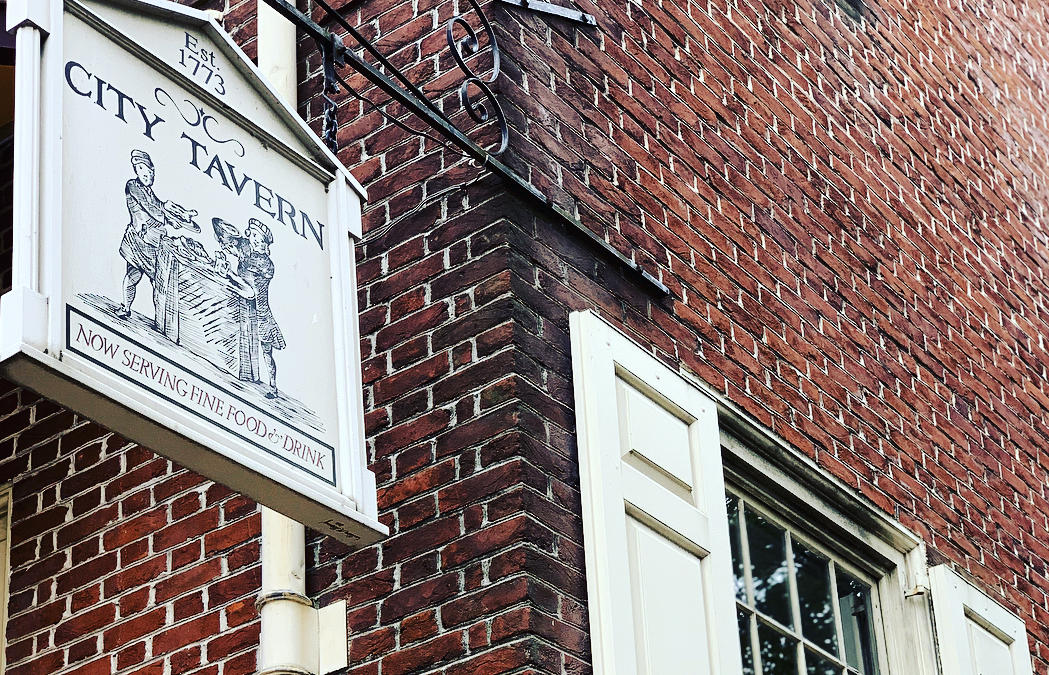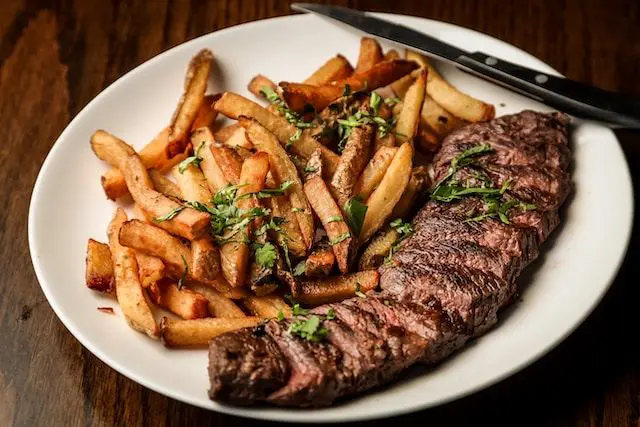SPONSORED CONTENT
Visitors flock to the City of Brotherly Love to bask in its history. It’s the Birthplace of America, and tourists stand in line to visit icons such as Independence Hall and the Liberty Bell.
There’s another spot they shouldn’t miss either – especially if they’re hungry: City Tavern. The establishment not only traces its history back to before the Revolutionary War, it continues to interpret and deliver the culinary experience inspired by the customs and foods of 18th century Colonial America – including such unique offerings as Sally Lunn, Anadama loaves or sweet potato biscuits – Thomas Jefferson’s favorite.
The tavern was built by a group of eminent Philadelphians who felt their hometown deserved a fine tavern that reflected its status as the largest, most cosmopolitan city in British North America. When the tavern was completed in 1773, it was one of the most elegant buildings in the city and immediately became a social and economic center for the city.
In 1774, as the breach with Great Britain widened, politics was the dominant topic of conversation at City Tavern. In May, leading citizens held a meeting in the Long Room to shape Pennsylvania’s response to the “intolerable acts.” Three months later, as the delegates to the First Continental Congress began to arrive in Philadelphia, the tavern was thrust center stage in the dispute with England.
When John Adams arrived in Philadelphia in August of 1774 to attend the First Continental Congress, he was greeted by leading citizens and immediately taken to the tavern he would call “the most genteel tavern in America.” The tavern Adams referred to, City Tavern, was not yet a year old and was already caught in momentous events. A few months earlier, Paul Revere had ridden up to the tavern with the news of the closing of the port of Boston by the British government. Now, some of the most influential men in the colonies gathered in Philadelphia to decide a common response to this and other “intolerable acts.” For the next decade, City Tavern would be a familiar sight to the leading figures of the American Revolution.
From that time until the close of the century City Tavern knew the patronage of the great and near-great of the American Revolution. It became the practice of the members of the Second Continental Congress to dine together each Saturday at the tavern. No doubt, matters of momentous importance were discussed and decided over a glass of Madeira and steaming roast of venison.
The war years brought change and turmoil to City Tavern. There was grand entertainment, such as the Continental Congress’s first Fourth of July celebration in 1777, but there were also melancholic events, including the funeral of General Hugh Mercer of Virginia. Daniel Smith, the first manager of the tavern, and host to the Continental Congress showed himself to be a Loyalist when the British Army captured Philadelphia in the Fall of 1777. When his protectors left in June of 1778, “little Smith” as he was known, went with them. Fortunately, a new manager, Gifford Dalley, was found in time to host a gala Independence Day celebration to mark the city’s liberation.
After the war, the tavern settled into a more sedate existence that was not interrupted until the opening of the Constitutional Convention in 1787. Once again, these leaders enjoyed the hospitality of the City Tavern. It was fitting that the adjournment of the convention in September, delegates gathered for one final dinner at the City Tavern.
In the 1790s, City Tavern began to lose its place of prominence to newly constructed “hotels.” For the next half-century, it underwent a number of changes, serving primarily as a merchant’s exchange until 1834.
In 1854, it was demolished to make way for new brownstone stores. A newspaper of the time noted the passing of the tavern, and remarked that in a generation or two, “City Tavern will not be remembered except by some curious delver into the past.”
The newspaper was wrong.
In 1948, Congress authorized Independence National Historical Park to preserve certain important buildings and sites of significant national importance, encompassing more than 40 buildings on 42 acres, including the site of the original City Tavern. A year later, historically accurate replication of the original tavern was completed according to period images, written accounts and insurance surveys, and one year later it opened in time for the bicentennial.
Finally, in 1994, Walter Staib won congressional approval as an operator of the tavern, which reopened for business on July 4, featuring 18th-century style gourmet cuisine.
Visiting the historical sites of Philadelphia? Your trip will not be complete until you step inside City Tavern and not only experience history, but also taste it. Served by staff in period clothing and serving only the freshest farm to table ingredients, you and your loved ones will get to indulge all five senses and experience a taste of history.




